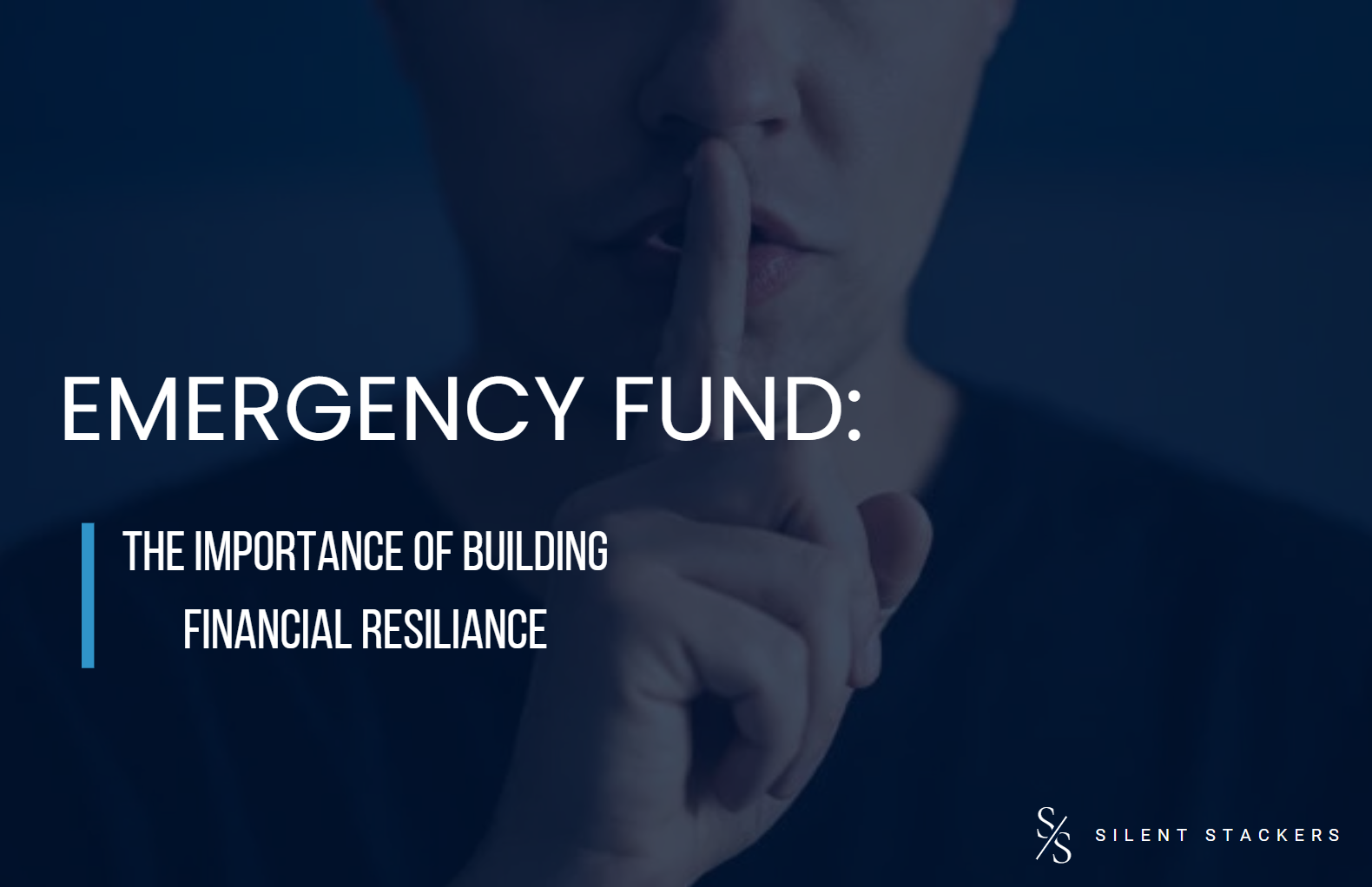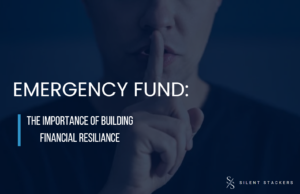In the unpredictable journey of life, unexpected challenges often emerge when we least expect them. Whether it’s a sudden medical expense, a car repair, or a job loss, unforeseen circumstances can wreak havoc on our financial stability. This is where the importance of an emergency fund shines. An emergency fund serves as a financial safety net, providing peace of mind and stability during turbulent times. In this comprehensive guide, we delve into the significance of an emergency fund, how to build one, and practical tips for its maintenance.
Understanding the Emergency Fund
An emergency fund is a pool of liquid assets set aside specifically to cover unforeseen expenses or financial emergencies. Unlike other savings accounts, such as those earmarked for vacations or retirement, the primary purpose is to provide immediate access to funds in times of crisis. It acts as a buffer, helping individuals weather financial storms without resorting to high-interest debt or liquidating long-term investments.
Why an Emergency Fund Matters
- Financial Security: It provides a sense of financial security and stability. Knowing that you have a cushion to fall back on in times of need can alleviate stress and anxiety associated with unexpected expenses.
- Avoiding Debt: Without it, people may resort to borrowing money to cover emergencies, often incurring high-interest debt that can spiral out of control. Having cash reserves eliminates the need to rely on credit cards or loans, thus saving you from unnecessary interest payments.
- Maintaining Financial Independence: It empowers individuals to maintain their financial independence and avoid relying on others for support during tough times. It offers a sense of autonomy and self-reliance in managing one’s finances.
- Protecting Long-Term Goals: By shielding your long-term savings and investments from the impact of sudden expenses, an emergency fund helps you stay on track towards achieving your financial goals, whether it’s buying a home, saving for retirement, or funding your child’s education.
Building Your Emergency Fund
Now that we understand the importance of an emergency fund, let’s explore how to build one effectively:
- Set a Savings Goal: Determine how much you need to save. A common recommendation is to aim for at least three to six months’ worth of living expenses. However, your ideal target may vary depending on factors such as your income, expenses, job stability, and risk tolerance.
- Start Small, Be Consistent: Building a savings doesn’t happen overnight. Start by setting aside a small portion of your income each month, even if it’s just $50 or $100. Consistency is key. Automate your savings by setting up automatic transfers from your checking account to your savings account.
- Cut Expenses: Look for opportunities to trim unnecessary expenses and redirect those savings towards your savings. Consider reviewing your budget and identifying areas where you can cut back without sacrificing essential needs.
- Boost Your Income: Explore ways to increase your income, whether it’s through a side hustle, freelancing, or seeking a higher-paying job. Supplementing your primary source of income can accelerate your progress towards building an emergency fund.
- Use Windfalls Wisely: Put unexpected windfalls, such as tax refunds, bonuses, or inheritance, towards your emergency fund instead of splurging on non-essential purchases. These one-time cash infusions can significantly boost your savings.
- Avoid Temptations: Resist the temptation to dip into your emergency fund for non-urgent expenses. Keep it separate from your day-to-day accounts and reserve it exclusively for genuine emergencies.
Maintaining Your Emergency Fund
Building an emergency fund is just the first step; maintaining it requires ongoing attention and discipline:
- Regular Review: Periodically review your savings to ensure it remains adequate based on changes in your financial situation, expenses, and life circumstances. Adjust your savings goals accordingly.
- Replenish After Use: If you need to tap into your savings to cover a financial emergency, make replenishing it a priority. Resume saving as soon as possible to restore your fund to its original level.
- Adjust for Inflation: Over time, the cost of living may increase due to inflation. Consider adjusting your savings goal periodically to account for rising expenses and preserve its purchasing power.
- Reassess Insurance Coverage: Evaluate your insurance policies regularly to ensure they adequately protect you against potential risks. While an emergency fund provides liquidity, insurance can offer additional financial protection against specific hazards, such as health-related expenses or property damage.
- Stay Disciplined: Avoid the temptation to use your savings for non-emergencies or discretionary spending. Stay disciplined and committed to preserving your financial safety net for when you truly need it.
Conclusion
In summary, an emergency fund is a fundamental component of sound financial planning. It serves as a vital lifeline during unforeseen circumstances, offering stability, security, and peace of mind. By diligently saving and maintaining an emergency fund, individuals can navigate financial challenges with confidence, protect their long-term goals, and ultimately achieve greater financial resilience. Start building your emergency fund today, and empower yourself to face whatever life throws your way. Remember, it’s not just about preparing for emergencies; it’s about safeguarding your financial future.







